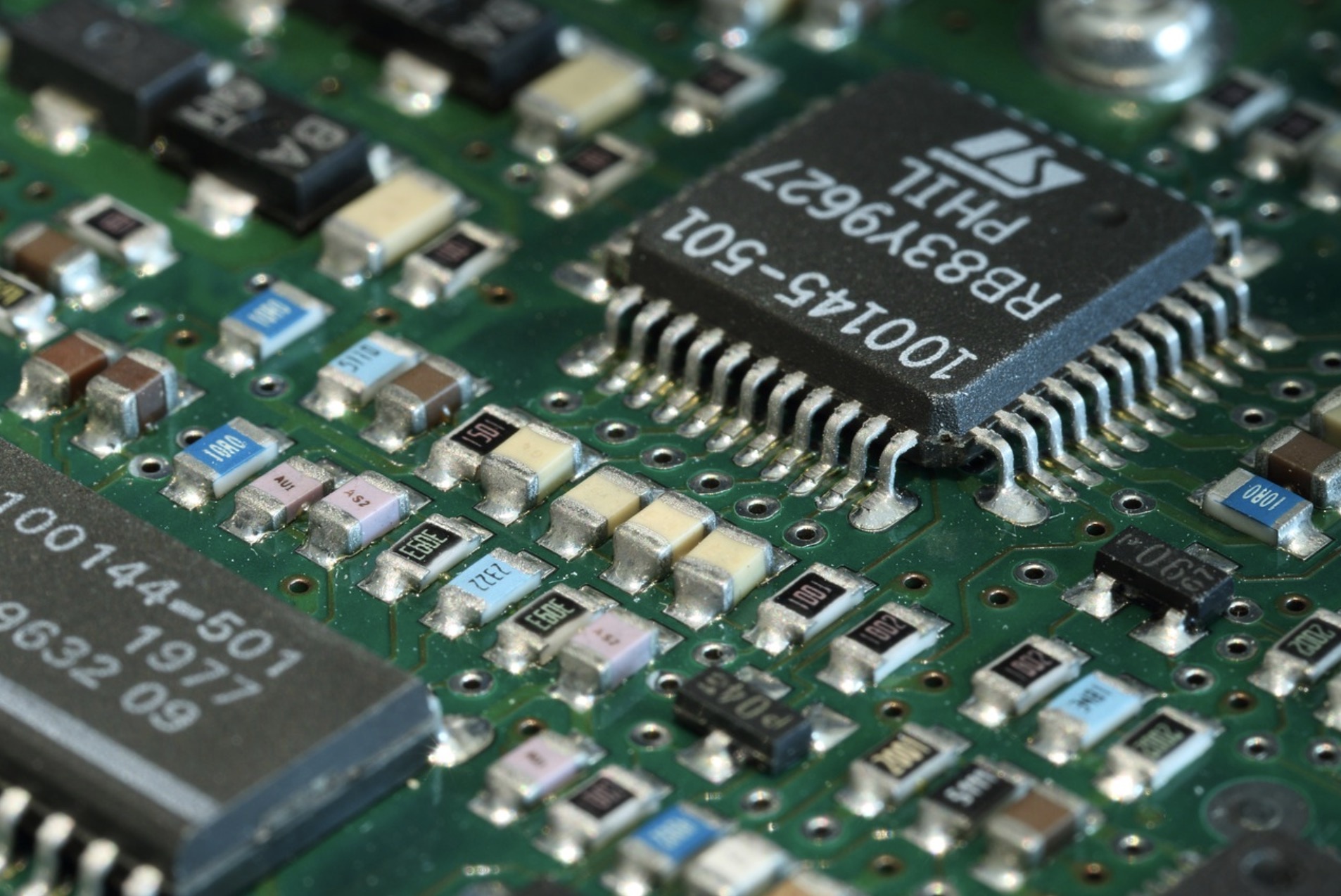
In the world of electronics manufacturing, precision is paramount. Whether it’s the latest smartphone or a complex medical device, the reliability and functionality of electronic devices depend on the quality of their printed circuit board (PCB) assembly. At the heart of this assembly process lies soldering, a critical step that demands precision and finesse. In this article, we’ll delve into the world of advanced soldering techniques used in precision PCB assembly.
The Foundation: Understanding Soldering
Before diving into advanced techniques, it’s essential to grasp the fundamentals of soldering. Soldering is the process of joining two or more metal components by melting a filler material, called solder, that bonds them together when it solidifies. In PCB Assembly, soldering connects electronic components to the PCB to create electrical connections.
Traditionally, two soldering methods have been prominent: wave soldering and hand soldering. While these methods are still widely used, advanced soldering techniques have emerged to meet the demands of modern electronics, where miniaturization and high component density are commonplace.
-
Surface Mount Technology (SMT) and Reflow Soldering
Surface Mount Technology (SMT) has revolutionized PCB assembly by enabling the placement of miniature components directly onto the PCB surface. This method offers several advantages, including space efficiency, cost-effectiveness, and improved electrical performance.
Reflow soldering is the primary technique used in SMT assembly. In this process, solder paste, a mixture of solder particles and flux, is applied to the PCB pads using a stencil. Components are then placed on the solder paste. The PCB is heated in a reflow oven, causing the solder paste to melt and form reliable connections as it cools.
Advanced reflow soldering machines use precise temperature profiles to ensure that solder joints are formed without defects like tombstoning or solder bridges. These profiles are meticulously designed to match the specific requirements of each PCB design.
-
Selective Soldering
While SMT is ideal for most components, through-hole components may still be part of certain PCB designs. In such cases, selective soldering comes into play. Selective soldering machines are equipped with nozzles that precisely apply solder only to the through-hole components on the PCB.
This technique allows for efficient soldering of through-hole components without disturbing the SMT components already in place. It’s particularly useful for complex PCBs with a mix of SMT and through-hole components.
-
Hot Air Solder Leveling (HASL)
Hot Air Solder Leveling is a technique used to apply a layer of solder evenly to the entire surface of the PCB. This method is typically employed for double-sided PCBs and serves to protect the exposed copper traces from oxidation and environmental factors.
During HASL, the PCB is passed over a wave of molten solder. Hot air knives remove excess solder, leaving a uniform and smooth solder coating on the PCB surface. This process enhances solderability and ensures a consistent finish, critical for reliable connections.
-
Vapor Phase Reflow Soldering
Vapor phase reflow soldering is a cutting-edge soldering technique that ensures precise and consistent soldering for even the most miniature components. It involves immersing the PCB in a vaporized, inert liquid with a lower boiling point than the solder. The vapor condenses on the PCB, uniformly transferring heat and reflowing the solder paste.
The key advantage of vapor phase reflow soldering is its ability to maintain a fixed and precisely controlled soldering temperature, minimizing the risk of overheating sensitive components. This method is especially valuable for advanced electronics, such as those used in aerospace and medical devices, where extreme precision is required.
-
Laser Soldering
Laser soldering is an advanced and highly precise soldering technique that uses a focused laser beam to melt solder and create connections. It offers pinpoint accuracy and can be used for very fine-pitch components. Laser soldering is particularly useful in applications where traditional methods may risk damaging sensitive components due to excessive heat.
This technique allows for selective soldering, meaning that specific solder joints can be precisely targeted without affecting adjacent components. While laser soldering requires specialized equipment and expertise, it has become indispensable in the manufacturing of high-performance electronics.
Challenges and Considerations
While advanced soldering techniques provide superior precision and reliability in PCB assembly, they also come with their own set of challenges. One significant challenge is the need for highly skilled operators who can set up and maintain the advanced soldering equipment properly. Additionally, the choice of solder alloy and flux becomes critical to ensure robust solder joints.
Environmental considerations are also essential. Many advanced soldering techniques use lead-free solder alloys to comply with environmental regulations. Manufacturers must carefully manage the disposal of waste materials, including used solder paste and flux, to minimize their environmental footprint.
Furthermore, as electronics continue to evolve, so do the demands on soldering technology. Engineers and manufacturers must stay up-to-date with the latest advancements and continuously improve their processes to meet the ever-increasing demands for precision and reliability in electronic products.
Conclusion
Advanced soldering techniques have transformed the landscape of precision PCB assembly. From SMT and reflow soldering to selective soldering, vapor phase reflow soldering, and laser soldering, manufacturers have an array of options to choose from to ensure the highest quality and reliability of their electronic products.
As technology continues to advance, soldering techniques will evolve further, offering even greater precision and flexibility. The key to successful PCB assembly lies not only in selecting the right soldering technique but also in having a deep understanding of the specific requirements of each PCB design and the ability to adapt to the changing demands of the electronics industry.
Interesting Related Article: “What is a PCB? and How is it Assemble?“
